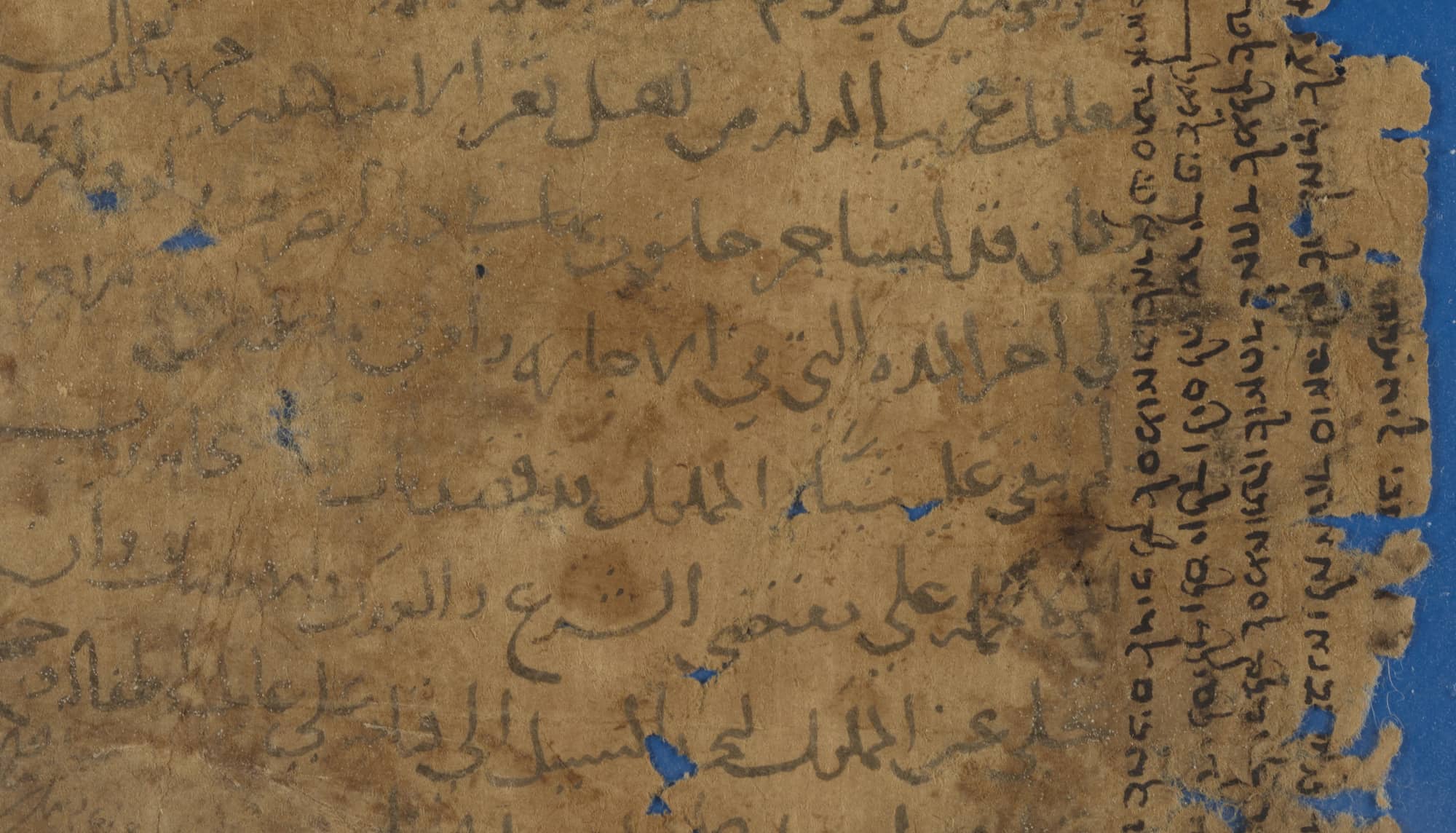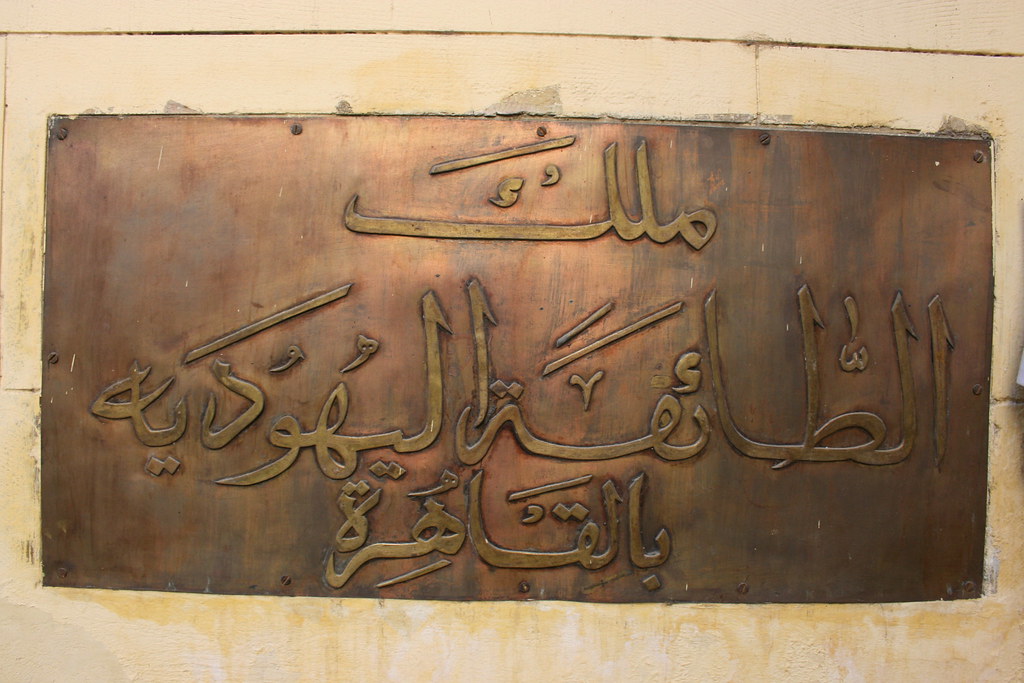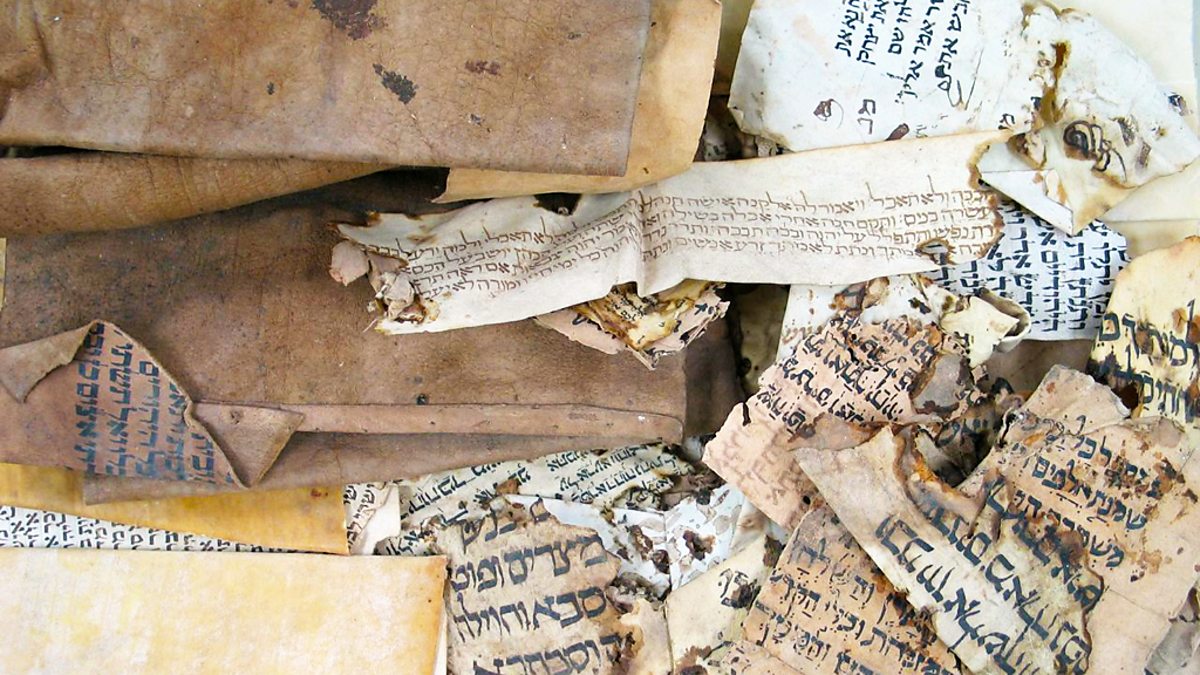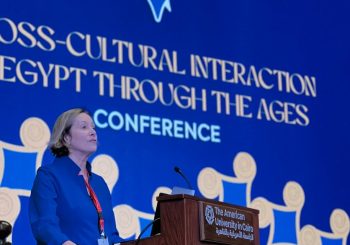Once upon a time in Al Fustat, Cairo, the Ben Ezra Synagogue was the center of celebration, congregations, and prayers to the
Jewish community in Egypt. The synagogue, which dates back to the 9th century AD, is the oldest Jewish temple in Cairo.
Located in the alleyways of Coptic Cairo, the temple was originally known as El-Shamieen Church. The Church was believed to have been sold to Jewish and bought by Abraham Ben Ezra in 882 AD.
Cairo became the center of Jewish life in Egypt following the Crusades of 1168. Its Jewish community lived primarily in Ḥārat al-Yahūd, or the Jewish quarter although Egyptian Jews were known to have been spread across Alexandria and Cairo. Approximately 25,000 Jews lived in Egypt in the 12th century, mostly in the town of Fustat and their language was Arabic, although the wealthier mastered French as well. They excelled in medicine, served at the courts of the rulers, and engaged in crafts. According to contemporaneous sources, Egyptian Jewry was among the world’s most diverse Jewish communities, comprising Jews of all denominations and ethnic backgrounds, particularly from the Levant or the South of Europe.
Every synagogue traditionally keeps a genizah, a repository for old documents mentioning the name of God, which could not be simply discarded.
According to Rabbinic law (Mishna Shabbat 16:1), once a Holy book can no longer be used, because it is too old or no longer relevant, it cannot be destroyed or casually discarded. Any text containing the name of God should be buried or, if burial is not possible, placed in a genizah.

The genizah, Hebrew for ‘hiding place,’ is a depository for sacred Hebrew books that are no longer usable. The documents, often called, ‘shemot,’ or ‘names,’ are put in a genizah. The genizah is usually in the attic or basement of a synagogue. Non-religious documents can be placed there as well.
Ben ‘Ezra’s was especially large. It had accumulated documents over a span of 850 years. In 1896, English travelers Agnes S. Lewis and Margaret D. Gibson returned from Egypt with fragments from the genizah, and showed them to American Rabbi and academic scholar, Solomon Schechter, at Cambridge.
Today, the Taylor-Schechter Cairo Genizah Collection at Cambridge, the largest and most important collection of medieval Jewish manuscripts in the world — now digitized — has nearly 193,000 fragments. There are a further 31,000 fragments at the Jewish Theological Seminary of America. The John Rylands University Library in Manchester holds a collection of over 11,000 fragments.

On a quest, a cache of roughly 40,000 pages of documents and manuscripts were found inside the synagogue. The massive hoard of documents that were found were primarily written in Hebrew, Judeo-Arabic, and Aramaic. The recorded findings documented the history and transactions of Cairo’s Jewish community from the 11th century until the 19 century.
The genizah documents day-to-day business details, fears, yearnings, relationships, triumphs. The materials are uncovered from people all around Egypt, Palestine, Lebanon, Syria, Tunisia, and more.
According to the Jewish Virtual Library, there was more than one storage for old and outworn writings, mostly, but not exclusively, in Hebrew script. An important genizah, according to the library, was at a Karaite synagogue, which is now housed at the National Russian Library in St. Petersburg.

The Karaite Jews are among the Middle East and North Africa’s oldest religious groups. The Moshe Dari synagogue in Cairo is considered the seat of the Egyptian Karaite Jewish community, where it is home to some of Egypt’s oldest Jewish sacred texts and Torah inscriptions.
The synagogue underwent extensive rennovation by the Egyptian government as part of preserving the Jewish heritage in Egypt.. The first floor of the building is dedicated to the men, while the second floor is dedicated to the women. The temple, which is built in the shape of a basilica comprising two floors, now serves as a tourist attraction.
Museums in their own nature, the synagogues in Egypt tell stories of faith and history of what was once a strong community in Egypt.
“Researchers should be allowed to use the manuscripts [ discovered at the Ben Ezra Synagogue] to conduct studies on a community that constituted an integral part of Egypt’s social, economic, and political life,” Abdel Rehim Rihab, Director of Archeological Studies at the Ministry of Antiques tells Al Arabiya News.







Comments (4)
[…] synagogue in Egypt. The temple is known to hold a collection of historical documents known as the Cairo Geniza, which outline the history and transactions of Cairo’s Jewish community from the 11th century […]
[…] was the center of Jewish life in Egypt, the Jews in Egypt were primarily situated in Ḥārat al-Yahūd, or the Jewish quarter in what is now Cairo’s old center, although they also settled down across […]